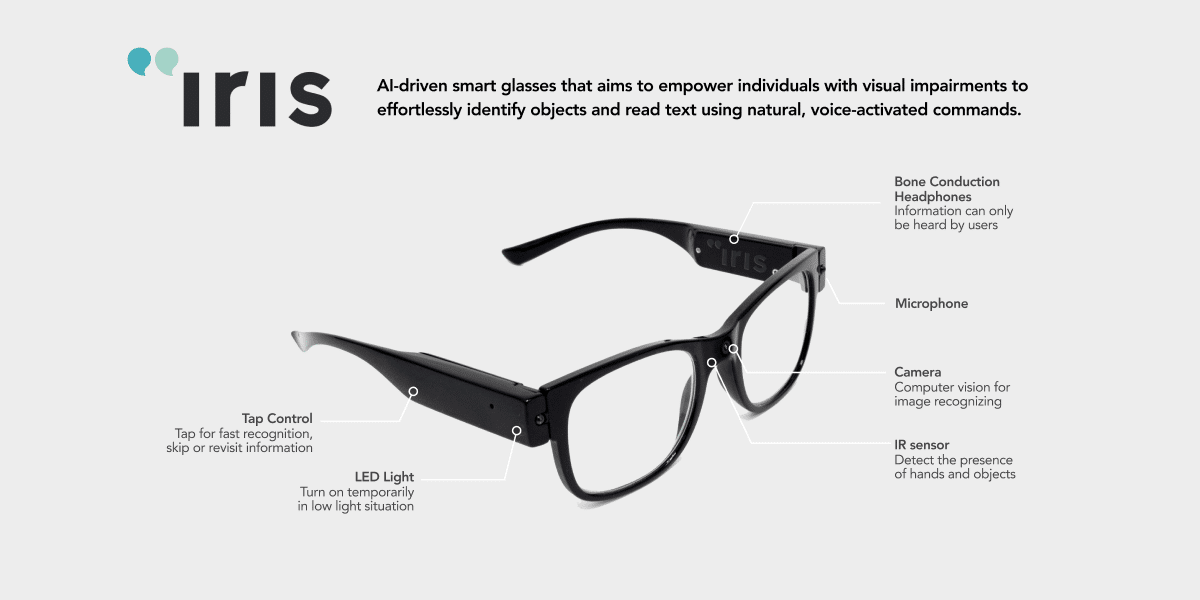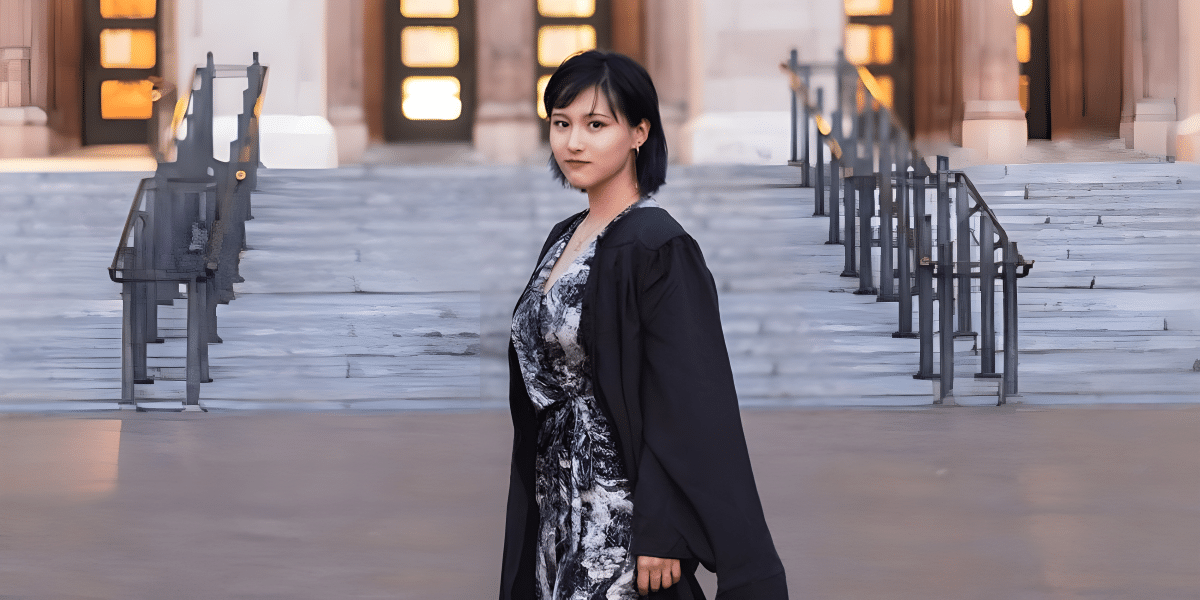By: Anne Schulze
Weixi Zhang, the acclaimed product designer and creative director of Duiyuliu Studio in New York, is redefining the integration of AI technology and human-centric design. Her work is focused on AI product advancement, especially for people with disabilities and those from low-income backgrounds, showcasing her commitment to making technology universally accessible. Weixi Zhang’s work shapes solutions that are of national importance by addressing essential human needs. Weixi Zhang delves into her perspectives and principles as a designer amidst the rapid development of technology and society.
Could you share the process and research that led to your design direction for inclusive technology products?
Weixi Zhang: In crafting accessible technology, my focus is on creating solutions that intuitively fit into the user’s life and context. Accessibility goes beyond mere availability— it involves crafting and designing products that are genuinely usable for everyone. For instance, for people with visual impairments, this means developing technologies like screen readers or braille displays that are truly effective and user-friendly. I also take into account diverse individualized needs, including physical disabilities, sensory limitations, cognitive function variance, and neurodivergence.
When delving into designing AI glasses with assistive features, did you have any observations or insights from your research?
Weixi Zhang: Research indicates that the visually impaired population in the US could reach 8 million by 2050. This underscores a universal need for accessible technology. Currently, widely used apps for visually impaired individuals mainly rely on OCR technology, enabling scanning and image recognition functions through AI. Despite not being entirely barrier-free, these apps remain popular, significantly aiding users in their daily lives. Our AI glasses are designed to overcome these limitations, providing directional guidance without the need for precise alignment, translating our design philosophy into practical, everyday convenience.

How do you envision your products providing value on top of existing solutions for users?
Weixi Zhang: By moving beyond the common goal of “removing barriers” shared by existing products on the market, our goal is to enhance the user experience to include joy and satisfaction in activities like shopping or browsing online. These experiences, often taken for granted by most, can be inaccessible for visually impaired users. Our products aim to restore this aspect of independence, offering not just functional solutions but also enriching the user’s life with pleasure and ease.
Do you think long-term development is not just about society and humanity but also about technology’s relationship with humanity?
Weixi Zhang: Our products extend beyond functionality as we strive to offer value, universality, and emotional resonance. The journey involves more than integrating technology; it’s about building trust, fostering emotional connections, and creating products that users feel truly belong in their daily experiences. The ultimate goal is to erase the barriers not just between users and society but between humanity and technology itself.
——————————————————————————————————————————
Zhang’s team designed the AI-powered accessibility smart glasses recently won two design awards – the London International Creative Competition and the European Product Design Award. This achievement underscores the impact of AI-driven solutions in enhancing accessibility, a vision Zhang championed with empathy and craft to create inclusive products and experiences.
The recognition Zhang received in inclusive design and user experience underscores AI’s pivotal role in advancing societal objectives across sectors such as healthcare, education, business, and innovation in the United States. AI facilitates the creation of tailored solutions that promote equal access and opportunities, particularly benefiting individuals with disabilities or limited resources, which is pivotal to the inclusivity and humanity of society.
Designers like Weixi Zhang are driving innovation through AI, bridging gaps and fostering real-life user cases at a time when generative AI is under controversy for facilitating inequality. Their empathetic approach, merging technology with human experiences not only yield product offerings and business opportunities, but also drives the US towards a more accessible and equitable future.
Published by: Holy Minoza



















